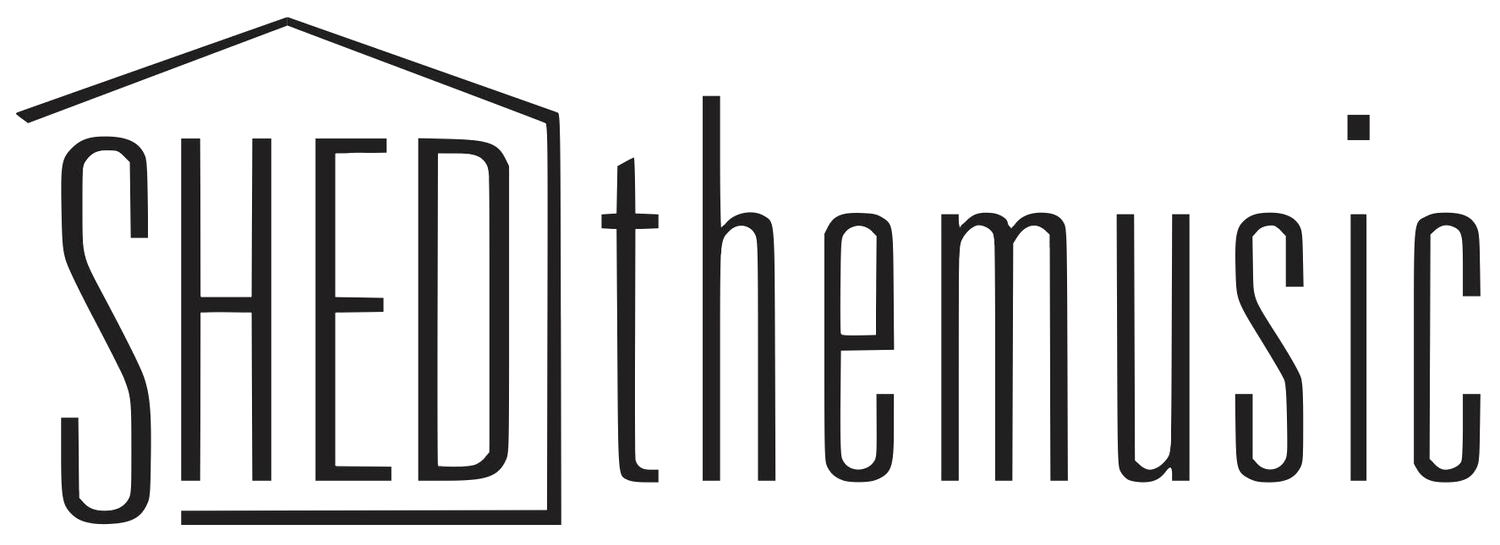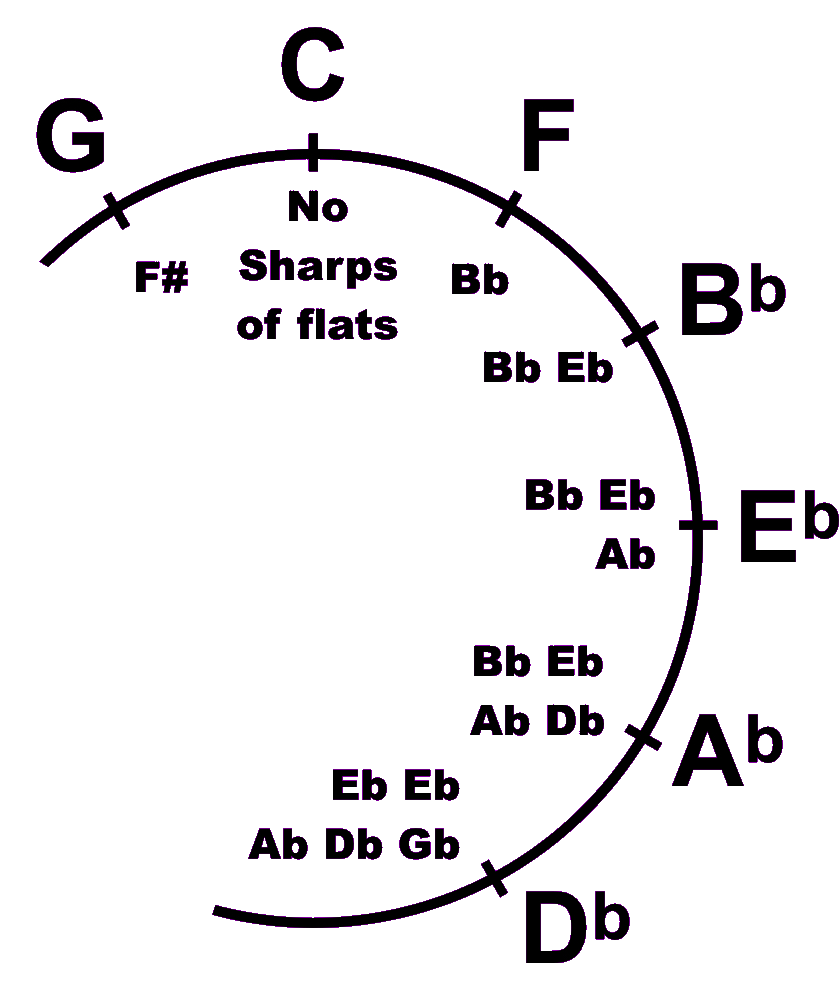Extensions, Modes + Non-Diatonic Chords
There will be a video overview of each chapter that demonstrates how to complete each section with a multicamera view.
Learn
4.3: Four musical tools to make songs more interesting are chord extensions, chord voicings, modes, and non-diatonic chords. Chords are extended by placing a fourth note above the triad, making the chord tones root, third, fifth, and seventh. These chords can be voiced differently by placing some notes up an octave. Modes create unique sounds by taking a major scale but starting on a different note. And chords that come from outside the major scale are called non-diatonic chords.
Extension: A three-note chord created consisting of the root, third, and fifth.
Voicing: The sonic characteristic of a chord determined by the interval between the chord’s notes.
Mode: Chords that come from a scale.
Mode: Chords that come from a scale
7th Chords
7th Chord Qualities
Copy about triads being spelled parallel to the scale. The letter name of the starting pitch doesn’t change when spelling parallel. The formula is applied to the major triad to spell the chord.
Diatonic 7th Chords
Extensions
Something like this that shows all of the chord tones parallel to the respective major scales
Voicings
Voicing: A selection of chord tones with a specific interval construction
Inversion: Respelling a voicing by moving the lowest voice to the top
Drop 2: Respelling a voicing by moving the second from the top voice to the bottom
Drop 3: Respelling a voicing by moving the third from the top voice to the bottom
Quartals
Shell Voicings
Minor Scales
Harmonic Minor | 1 2 ↓3 4 5 ↓6 7
Natural Minor | 1 2 ↓3 4 5 ↓6 ↓7
Melodic Minor | 1 2 ↓3 4 5 6 7
Modes
A mode is an inversion of a scale. There are seven modes in a major key, each starting on a different scale degree. The first mode in a major key is the major scale, also called the Ionian mode. The more distant the starting pitch for each mode is from the key in the circle of fourths, the farther the sound is from the major scale
Non-Diatonic Chords
Chords that use notes outside of a progression’s key are called non-diatonic. These chords have unique sounds that come from temporarily shifting to a different key.
Secondary Dominant Chords
Another name for the I chord in a key is the tonic. Any chord can become tonic through tonicization. A secondary dominant chord is a harmonic device used to tonicize a diatonic chord by adding its dominant chord (V) before itself. When analyzing with roman numerals a secondary dominant chord is written as a V followed by a slash and whichever chord is being tonicized. A V/ii is read “five of two,” it comes before the ii chord, and can come from any chord that would go to a ii.
Secondary ii-V
A secondary ii-V is when a ii chord is added to a secondary dominant. Secondary ii-Vs can come from a major or minor tonality.
Modal Borrowing
Modal borrowing is the process of using chords that come from other modes that also contain the same chord as the I chord in a song.
How to use Non-Diatonic Chords
It is helpful to think about how to get into and out of non-diatonic chords in a progression.
Ear Training
Share To Classroom








